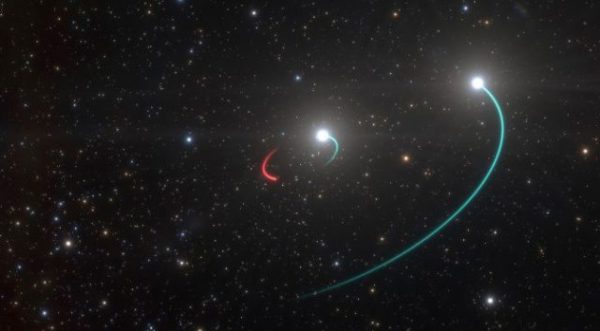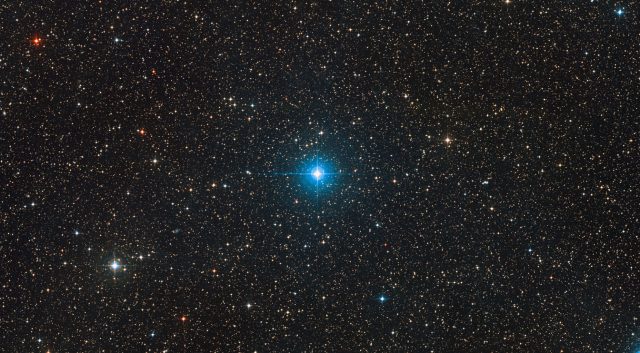Astronomers Discover Closest Black Hole to Earth Yet – ExtremeTech
This site may earn affiliate commissions from the links on this page. Terms of use.

Black holes have a reputation for being voracious monsters that tear apart stars and wreak easily recognizable havoc across the universe. However, most of them are pretty quiet and hard to spot. As such, astronomers haven’t found many of these objects near Earth, but a team from the European Southern Observatory (ESO) just found one that’s much closer than any previous recorded black hole. It’s a mere 1,000 light-years away in the constellation Telescopium. Despite the name, you don’t actually need a telescope to see this solar system.
Spotting black holes is harder than you might think. A black hole is, by definition, black — they don’t release any detectable energy because anything that passes the event horizon remains inside it. The characteristic X-ray signature of black holes comes from the super-hot material spiraling toward the event horizon in the accretion disk. If black holes aren’t actively “feeding,” they’re effectively invisible. It took months of observations with the MPG/ESO 2.2-meter telescope at the La Silla Observatory in Chile to confirm there was a black hole lurking in the HR 6819 system (also known as QV Telescopii).
The key to identifying the HR 6819 black hole was the effect it has on the two main-sequence stars in the system. We can watch these stars move through space, and the gravitational interactions make it clear this is not a binary system, but a trinary with two “normal” stars and a black hole. Based on the behavior of the two stars as they orbit the unseen mass every 40 days, the ESO team estimated that the invisible third element has about four times the mass of the sun. That can only be a black hole.

Wide-field image of QV Telescopii (center) in the constellation Telescopium. Credit: ESO/Digitized Sky Survey
Before this discovery, the closest known black hole was about 3,000 light-years away in the constellation Monoceros. Naturally, you can’t see the HR 6819 black hole with even the most powerful telescopes in the world. However, you can see the two stars with the naked eye, provided you’re in the southern hemisphere.
QV Telescopii might not enjoy the distinction of being the closest black hole for long. The ESO believes this discovery lays the groundwork for finding more invisible black holes in nearby solar systems. As long as there’s a visible star in the same system with a black hole, it should be possible to use its orbit to pinpoint its unseen companion.
Now read:





